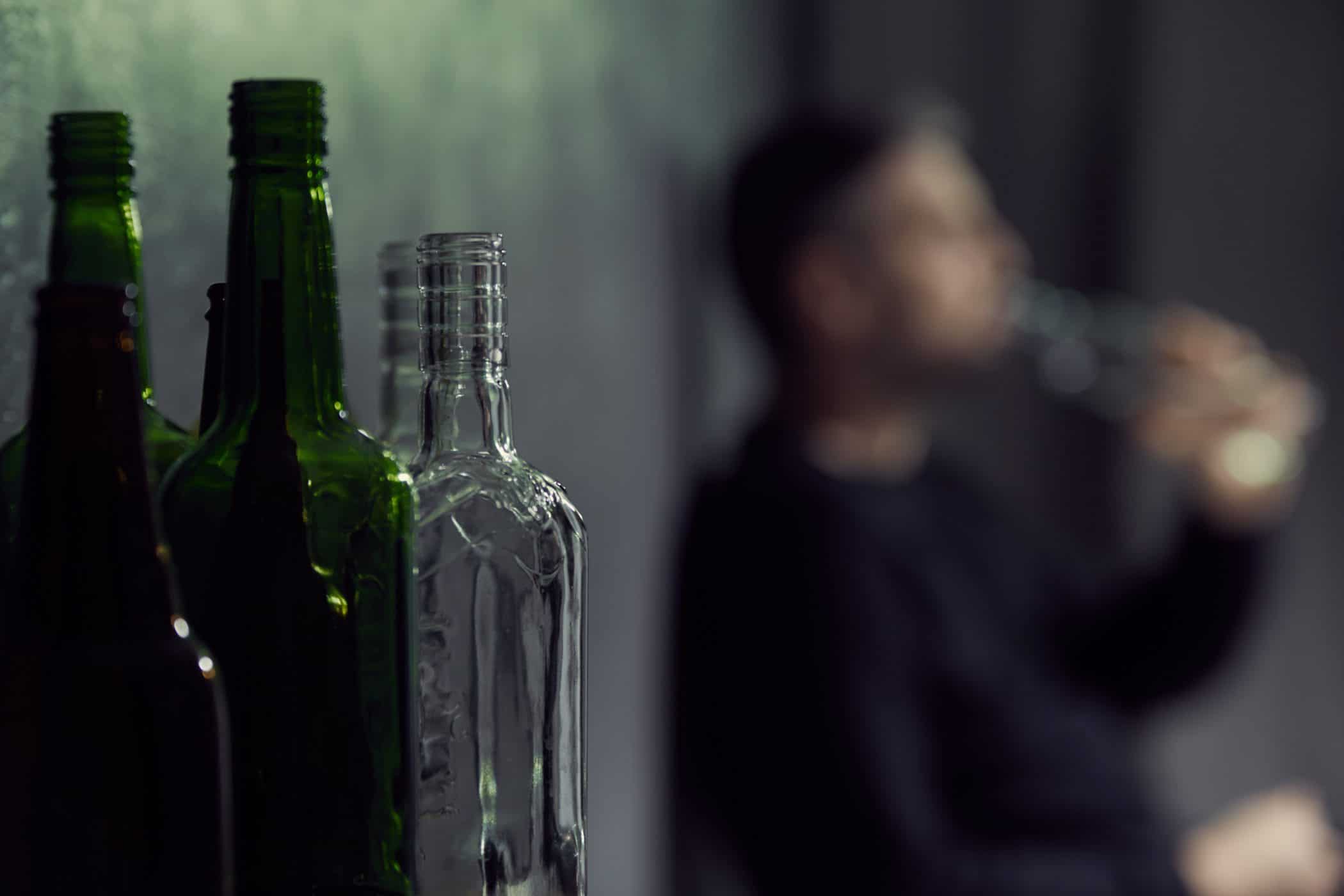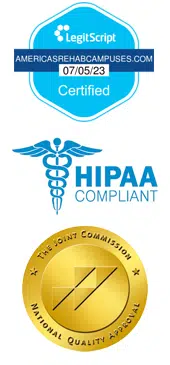
For many struggling with responsible alcohol consumption, binge drinking is a standard part of their social routine. Being a binge drinker doesn’t mean that you suffer from alcoholism, but it can often lead to alcohol addiction and a diagnosis for alcohol use disorder over time.
The Centers for Disease Control and Prevention has published that binge drinking in women and girls alone account for over 23,000 deaths each year. While binge drinking can be found amongst adults, it’s most prevalent in students both high school and college-aged. Binge drinking is a severe and concerning issue to address, but it’s also preventable when you recognize and react to the signs of binge drinking.
Defining Binge Drinking
Taking their respective physiological differences into account, the CDC has stated that binge drinking is defined by having four or more and five or more drinks within two hours for women and men respectively. This amount of alcohol impacts the blood alcohol concentration, or BAC, within the body with binge drinking being the case at a .08 percent.
You may notice that this falls in line with most state laws surrounding legal intoxication regarding public conduct or operation of a vehicle. While the exact amount of alcohol needed to reach this level of intoxication can differ between individuals due to sex, diet, medications and weight, it’s safest to stick to the CDC guidelines and pace yourself when spending a night out.
How Much Is in One Drink?
Due to varying levels of alcohol content by volume, or ABV, it’s important to understand how each type of drink compares to each other. Most beers are between 4.5 and 5 percent ABV with hard liquor being considered anything above 40 percent ABV.
To know how to responsibly drink throughout an evening, remember that a single drink can be:
- 12 oz. of beer
- 8 oz. of malt liquor
- 5 oz. of wine
- 1.5 oz. of hard liquor
Many companies use these guidelines when deciding on the size of packaging to use. Most beer cans, malt liquor bottles and wine glasses will be sized to their respective amounts. For hard liquor, the 1.5 ounce drink is equal to one standard shot.
Keep this in mind when purchasing larger quantities such as “tall-boy” cans and 40 ounce malt liquor bottles. If figuring out serving sizes from larger cans or bottles isn’t an option, stick to more appropriate-sized containers.
The Signs of Binge Drinking
Remember, binge drinking isn’t a sign of alcohol dependence or alcoholism but it can be just as impactful on the individual. Binge drinking can lead to long-term health issues even if it’s only done once or twice a month. Here are five signs that your drinking patterns indicate binge drinking.
Every time you drink, it’s in excess – What this means is that every night spent drinking is done to the maximum limit that your body can handle.
The following morning is always awful – Even if you don’t have the traditional signs of a hangover such as headaches and sensitivity to light, feeling exhausted or irritable are signs that the alcohol has impacted your sleep and ruined an otherwise peaceful night of rest.
You try but fail to moderate your drinking – Whether it’s setting personal limits on the number of drinks you have or decreasing how often you drink, you fail to meet these goals. This can lead to feelings of guilt and failure that can result in more drinking as you lean into it as a coping mechanism.
Blackouts and memory loss are routine – Blacking out is when your brain is unable to create new memories due to excess amounts of alcohol. While some use alcohol to forget about troubles, it can lead to dangerous behaviors and actions that are forgotten until the consequences show up the next day.
Drinking consistently gets you in trouble – Regular binge drinking will have a negative impact on your work or school life as your mind and body spend much of the following day recovering. When you aren’t able to operate at 100%, job performance can suffer or grades can slip unnoticed as the side effects of heavy drinking are more pressing at the time.
What To Do if You Think You’re Binge Drinking
The first step to take in these situations is to take a step back and think through your most recent interactions with alcohol. How much did you drink? Do you remember the entire night? How did you feel the next day?
Comparing those answers to the signs above can be an indicator that you’ve been binge drinking. It doesn’t mean you’re addicted to the substance or have a dependency, it just means that your relationship with alcohol needs healthier boundaries or complete removal if those boundaries can’t be kept.
America’s Rehab Campuses has helped individuals with all levels of alcohol consumption concerns and we encourage you to see how we can help you get back to responsibly enjoying alcohol or achieve lifelong sobriety if needed.

